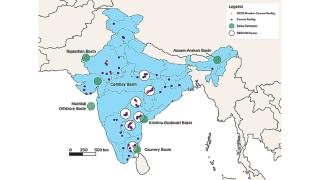As governments have put in place and tightened measures to reduce the emission of carbon and other greenhouse gases, the cement industry has expressed concerns over carbon leakage. To prevent this phenomenon from eroding cement industry competitiveness in the affected areas, a case to introduce border carbon adjustments is being made by several countries. By Stephen J Orava and Clinton R Long, King & Spalding LLP, USA.
Governments around the world have enacted measures to reduce carbon emissions, with varying degrees of scope and stringency. Although these measures require most industries to take action to reduce their own emissions, the unique nature of the cement industry creates significant complexities in the design and application of carbon reduction measures. This generates both a range of challenges and opportunities for the cement and concrete sectors. For example, the majority of carbon emissions from cement production arise from the chemical reaction in the production process itself. These process emissions, when added to emissions from the combustion necessary to trigger this reaction, explain why cement has the highest carbon intensity compared to virtually any other industry. However, at the same time the rigidity and durability of cement’s end product – concrete – and the recarbonisation of cement and concrete (during use and at end-of-life) mean that the use of cement and concrete in roads, buildings and other infrastructure has significant climate change benefits compared to competing products over their full life cycle.
